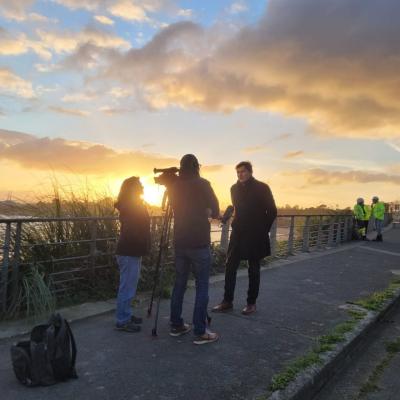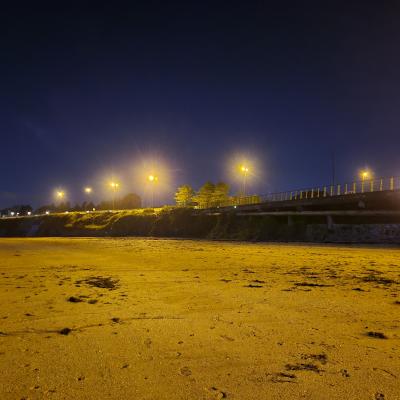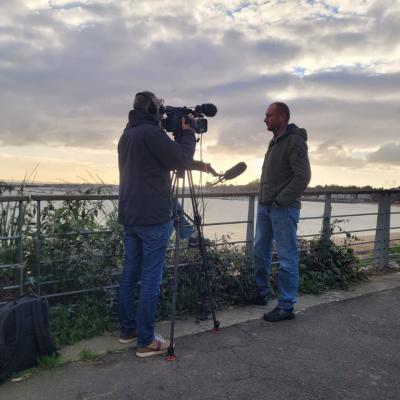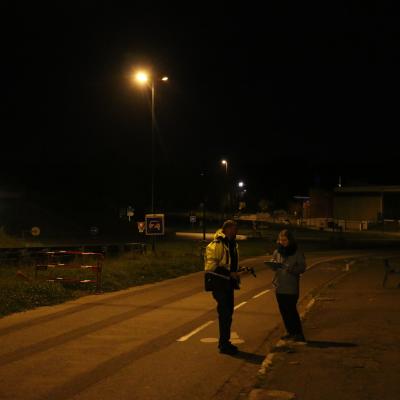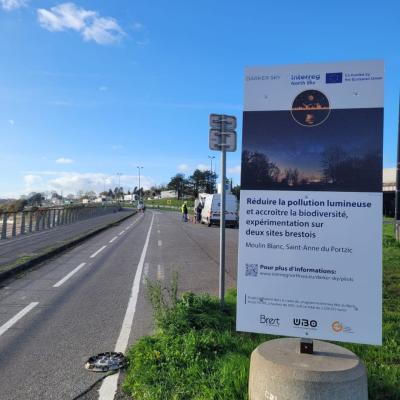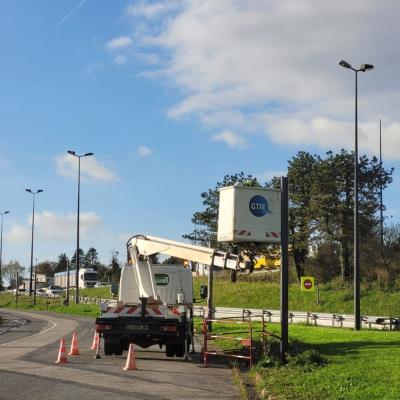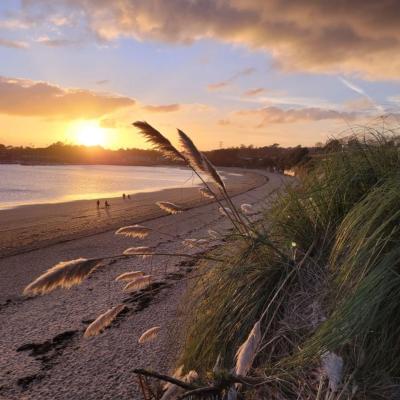🐦⬛ Preliminary results indicate the impact of the old lighting on biodiversity— birds like blackbirds and robins sang throughout night under the previous lighting conditions. This year, our partners at Laboratoire Géoarchitecture. Territoires, Urbanisation, Biodiversité, Environnement. and Brest Métropole conducted pre-measurements at Moulin Blanc beach and the St. Anne valley, monitoring light pollution and its effects on biodiversity.
🔦 Now new lighting is being installed! The updated system features lower placement and better direction, reducing unnecessary light dispersion. This change aims to minimize environmental impact while maintaining functionality. The constructions began on 12 November and will be finished by mid December at both sites.
Next year, our team will conduct post-measurements to assess the improvements made by these changes. We’re eager to see how the new lighting benefits local biodiversity!
🎥 Local TV recently covered our work (activate English subtitles to translate): https://www.youtube.com/watch?v=d1wxuguSZgI
🌍 Learn more about our monitoring methods: https://www.interregnorthsea.eu/darker-sky/news/light-biodiversity-monitoring
A main part of our project involves the monitoring of light pollution and assessing its impact on biodiversity to investigate the effect of lighting. Monitoring will take place before and after the light modifications are implemented at our demonstrator sites, helping us assess the impact of these changes on light pollution and biodiversity.
Université de Bretagne Occidentale / Interreg North Sea Programme
yoann ROULET / Enora Morin / Saïg Potard / Glen DISSAUX / France 3 Bretagne
Photos: Enora Morin

